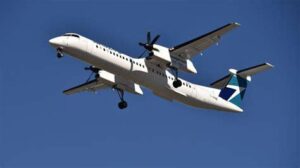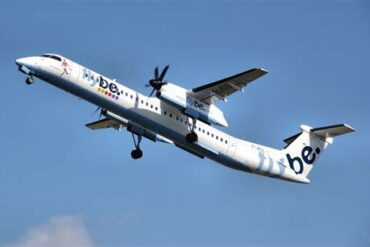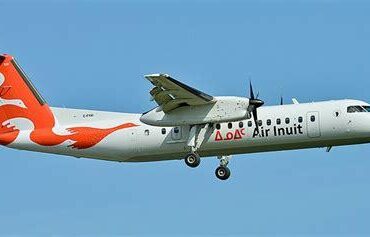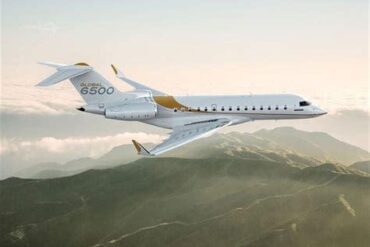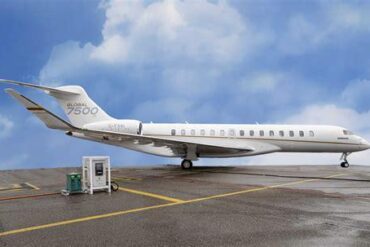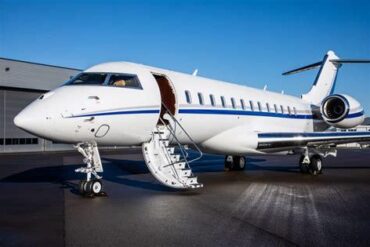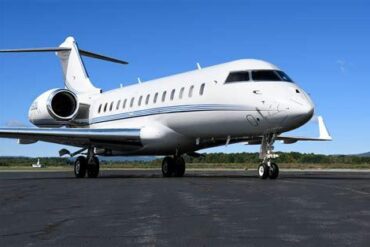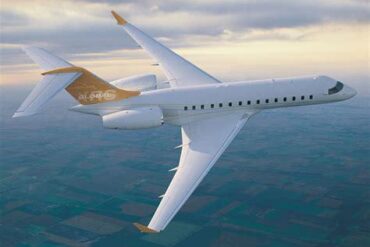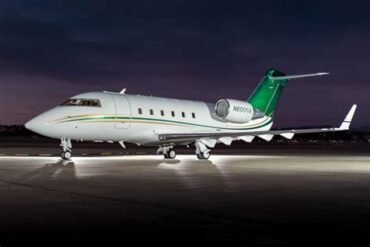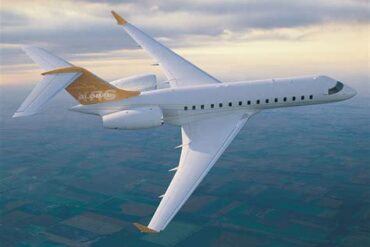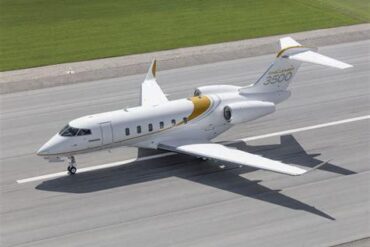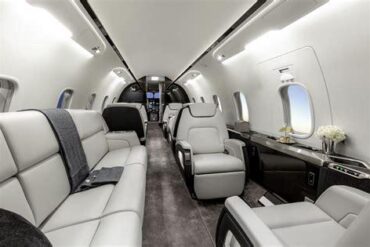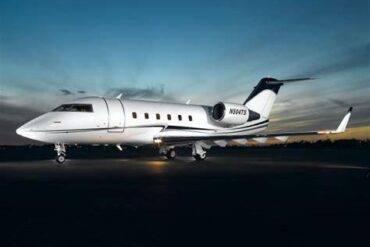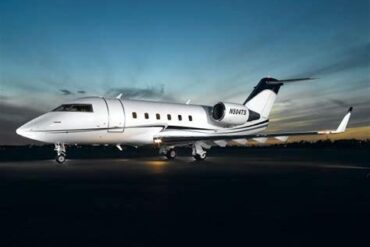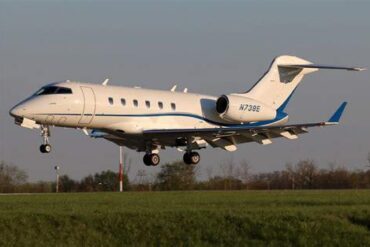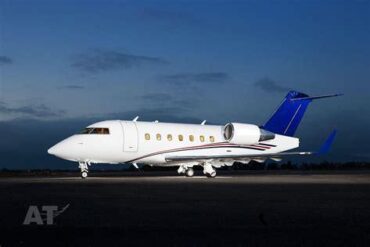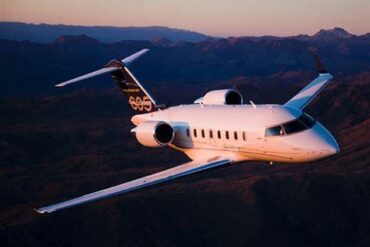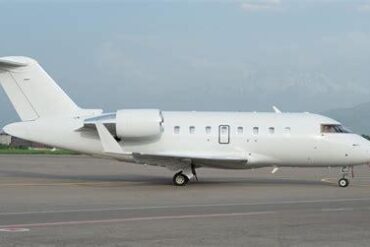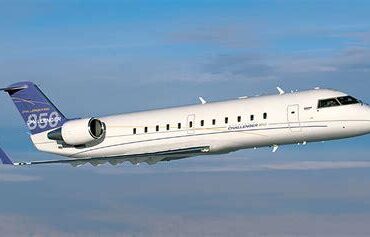The Bombardier Q400, a highly versatile turboprop aircraft, has become a favored choice among regional airlines and charter operators. Known for its fuel efficiency, speed, and operational flexibility, the Q400 is designed to meet the demands of short-haul routes while providing passengers with a comfortable flying experience. This article delves into the pricing of the Q400, its operating costs, and various factors that influence these expenses.
Overview of the Bombardier Q400
The Bombardier Q400, also referred to as the Dash 8 Q400, was introduced in the late 1990s and has since carved out a niche in the aviation market. With a seating capacity ranging from 68 to 78 passengers, it is ideal for regional flights and can operate on shorter runways compared to its jet counterparts. The aircraft is equipped with Pratt & Whitney Canada PW150A engines, offering impressive performance and reliability.
Key Features of the Q400
-
Cruise Speed: Approximately 360 knots (667 km/h)
-
Range: Up to 1,500 nautical miles (2,778 km)
-
Maximum Takeoff Weight: Around 67,000 lbs (30,390 kg)
-
Cabin Height: 6 feet for passenger comfort
These features make the Q400 a compelling choice for airlines seeking to optimize their fleet for efficiency and passenger comfort.
Purchase Price of the Bombardier Q400
When considering the purchase price of the Bombardier Q400, several factors come into play, including age, configuration, and market conditions. As of the latest data, the new Q400 aircraft typically ranges from $27 million to $32 million. However, prices can vary significantly based on additional options, customization, and the specific needs of the airline or operator.
Factors Influencing Purchase Price
-
Aircraft Age: Used Q400s can be found at lower prices, often between $10 million and $20 million, depending on their condition and hours flown.
-
Configuration: Airlines can customize the interior layout, affecting the final price. Options may include upgraded seats, enhanced entertainment systems, and other amenities.
-
Market Demand: Economic conditions and the demand for regional air travel can influence pricing trends. A robust market can drive prices up, while a downturn may lead to lower prices.
Cost of Ownership
Owning a Bombardier Q400 involves more than just the purchase price. Operators must also consider various ownership costs, including insurance, financing, and maintenance. These can significantly impact the overall financial commitment required for operating the aircraft.
Operating Costs of the Bombardier Q400
Operating costs are a critical consideration for any airline or operator. The Q400 is known for its relatively low operating costs compared to other aircraft in its category. Below, we break down the primary components of the operating costs associated with the Q400.
1. Fuel Costs
Fuel is one of the most significant expenses for any airline. The Q400’s fuel consumption is approximately 800 to 900 pounds per hour, which translates to around 300 to 350 gallons (1,135 to 1,325 liters) of fuel. At an average fuel price of $3.00 per gallon, operators can expect fuel costs to range from $900 to $1,050 per flight hour.
2. Maintenance Costs
Maintenance costs can vary widely based on usage, regulatory requirements, and the maintenance program selected by the operator. On average, operators might incur maintenance costs of about $250 to $300 per flight hour. This figure includes both scheduled and unscheduled maintenance, which can be affected by the age of the aircraft and operational intensity.
3. Crew Costs
Crew costs involve salaries, training, and benefits for pilots and cabin crew. For the Q400, this can range from $200 to $400 per flight hour, depending on the airline’s policies and the crew’s experience level. Training costs for pilots, particularly for type ratings, can also add to this figure.
4. Insurance Costs
Insurance is another vital aspect of operating costs. The annual insurance cost for a Q400 can range from $50,000 to $100,000, depending on the coverage level and the operator’s safety record. This translates to roughly $5 to $10 per flight hour when calculated over a typical flight schedule.
5. Airport and Handling Fees
Airport fees can vary significantly based on the airport’s location and the services used. For the Q400, handling fees and airport charges can amount to $100 to $300 per landing, which can further increase the operating costs depending on the number of landings made during a flight schedule.
6. Depreciation and Financing Costs
Operators must also account for depreciation, which typically ranges from $1 million to $1.5 million per year for a new Q400, depending on the depreciation method used. Financing costs will depend on the terms of any loans or leases taken out to acquire the aircraft, adding another layer of expense.
Total Operating Cost Estimation
Considering the above factors, the total operating cost of a Bombardier Q400 can range from $1,700 to $2,500 per flight hour. This estimation provides a comprehensive view of what operators should expect when managing this aircraft. Below is a breakdown of these costs:
-
Fuel Costs: $900 – $1,050
-
Maintenance Costs: $250 – $300
-
Crew Costs: $200 – $400
-
Insurance Costs: $5 – $10
-
Airport Fees: $100 – $300
-
Depreciation/Financing: Varies based on individual circumstances
When calculated, these costs can significantly impact an airline’s profitability, especially on regional routes where margins are typically tighter.
Comparative Analysis with Competitors
When evaluating the Bombardier Q400, it is essential to compare it with similar aircraft in the market, such as the ATR 72 and the Embraer E175. Each aircraft comes with its own set of operational costs, advantages, and disadvantages.
Bombardier Q400 vs. ATR 72
The ATR 72 is another popular turboprop option, generally considered to be more fuel-efficient but with a lower cruise speed. While the Q400 offers greater passenger comfort and speed, the ATR 72 may provide lower operating costs, especially in terms of fuel efficiency.
Bombardier Q400 vs. Embraer E175
In the regional jet category, the Embraer E175 offers a different operational profile. While it boasts higher cruise speeds and a larger passenger capacity, it typically incurs higher fuel and maintenance costs, making the Q400 a more economical choice for certain airlines focusing on regional markets.
Conclusion
In summary, the Bombardier Q400 presents a strong case for airlines and operators looking for an efficient, reliable, and comfortable regional aircraft. While the initial purchase price can be significant, the operating costs remain competitive within its class, especially when considering fuel efficiency and versatility. As airlines continue to navigate the complexities of the aviation market, the Q400 stands out as a strategic asset, capable of fulfilling a wide range of operational needs.
By understanding the intricacies of the Q400’s pricing and operating costs, potential buyers and operators can make informed decisions that align with their business objectives and market strategies.
